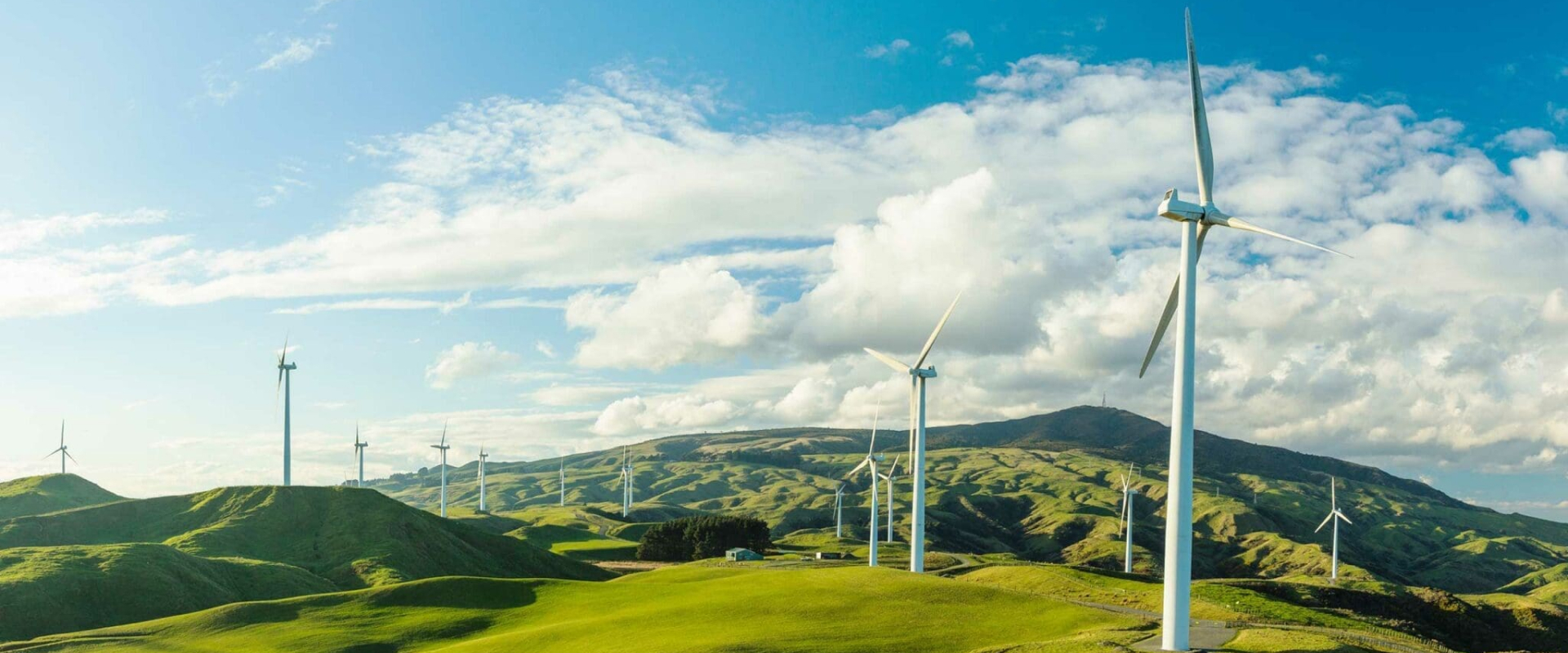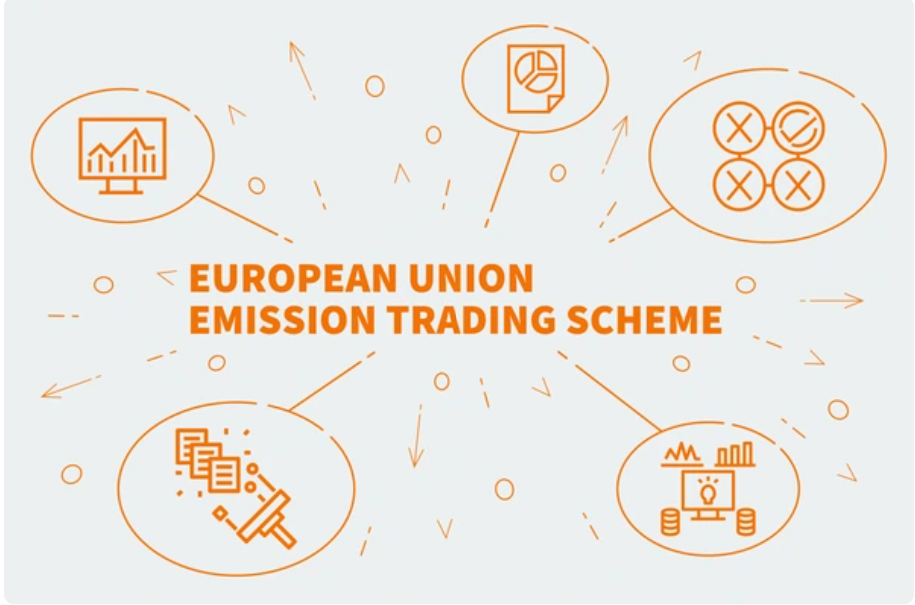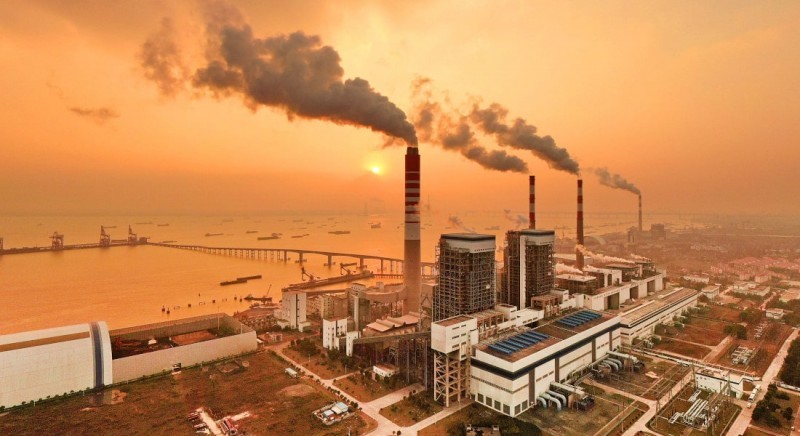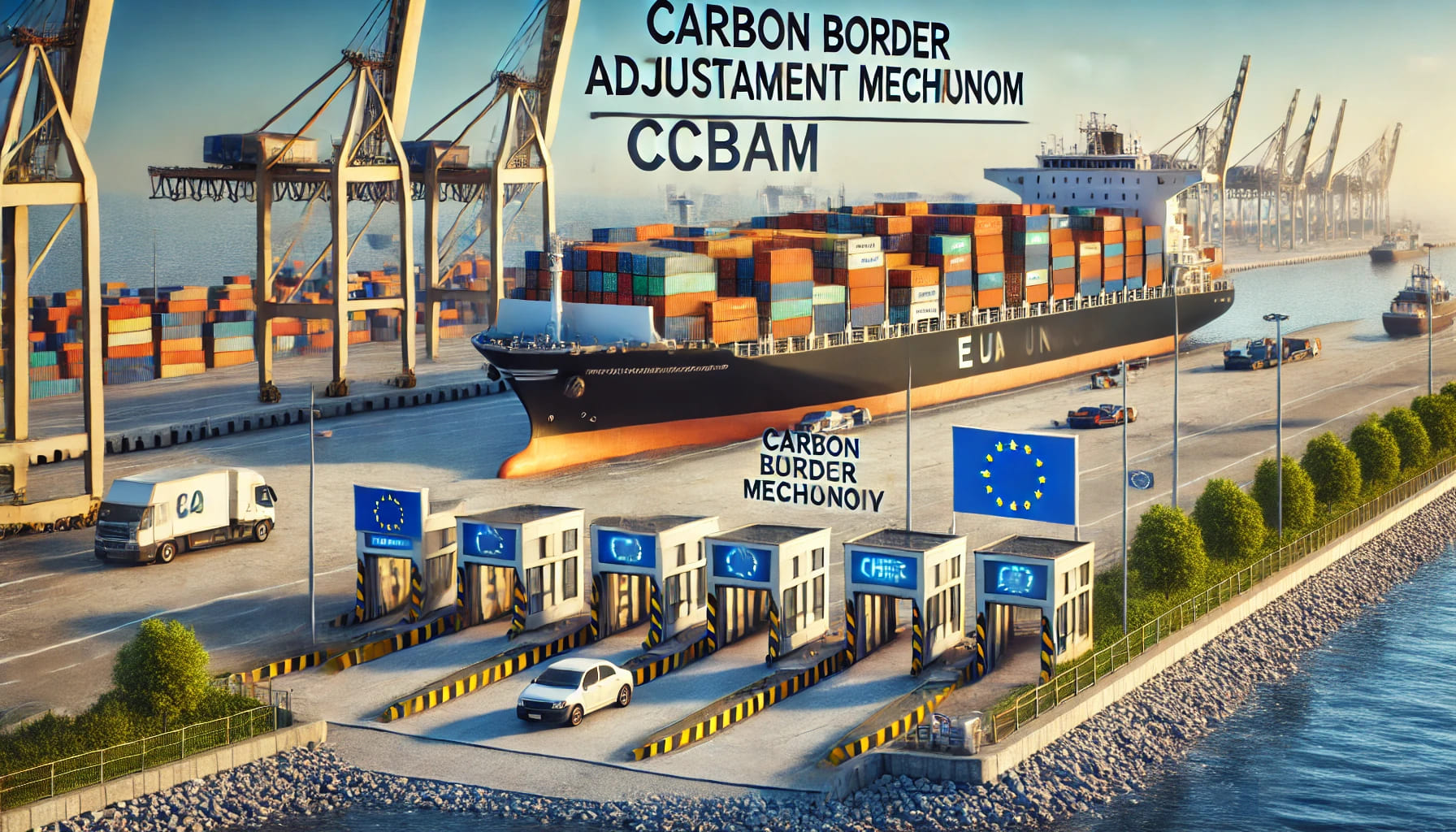EU ETS, CBAM, and Their Impact on Vietnamese Exports: What Path Should Businesses Take?
As the EU advances toward carbon neutrality by 2050, the EU ETS and CBAM mechanisms are reshaping global trade. What do these policies mean for Vietnamese exporters, and how can they adapt?
The EU Green Deal and the Push for Carbon Neutrality
The European Green Deal sets an ambitious goal: to make Europe the first carbon-neutral continent by 2050. To achieve this, the EU has rolled out a range of policy tools—two of the most significant being the EU Emissions Trading System (EU ETS) and the Carbon Border Adjustment Mechanism (CBAM). These two instruments are now having a profound impact on Vietnamese export businesses.
What is the EU ETS?
The EU Emissions Trading System (EU ETS) is a cap-and-trade market mechanism that regulates greenhouse gas (GHG) emissions. It is the EU’s flagship policy for cost-effective emission reductions. The EU ETS operates on the following principles:
-
Cap Setting: The EU sets a total emissions cap for covered industries. This cap decreases over time to ensure a steady reduction in total emissions.
-
Allowance Allocation and Trading: Companies receive or purchase emission allowances (EUAs). One EUA permits the emission of one tonne of CO₂ equivalent.
-
Market Trading: Companies can trade EUAs on the market. Emit less than your cap? Sell the surplus for profit. Emit more? Buy additional EUAs.
The EU ETS currently covers industries such as energy, steel, cement, refining, chemicals, ceramics, and aviation. Starting in 2027, a new system—EU ETS 2—will operate alongside the original, targeting emissions from fuel combustion in buildings, transportation, and small industries not previously covered.
Đọc thêm: Việt Nam chính thức khởi động chương trình thí điểm hệ thống Giao dịch phát thải (ETS)
CBAM: The Carbon Border Tax Complementing EU ETS
The Carbon Border Adjustment Mechanism (CBAM) is the EU’s solution to carbon leakage, a phenomenon where companies relocate production to countries with looser environmental policies to avoid carbon costs.
CBAM imposes a carbon price on imports of certain goods based on the emissions generated during their production in the exporting country.
CBAM Rollout Timeline:
-
Transitional Phase (from October 2023): Importers must report the embedded emissions of goods without paying a fee.
-
Full Implementation (from 2026): Importers will pay a carbon fee based on emissions, aligned with EU ETS carbon prices.
CBAM applies to imported goods in the following sectors:
-
Iron and steel
-
Cement
-
Fertilizers
-
Aluminum
-
Electricity
-
Hydrogen
Impact on Vietnamese Exported Goods
The combined effect of EU ETS + CBAM presents notable challenges to Vietnamese exporters, particularly in directly affected sectors.
1. Increased Production Costs
Vietnamese exporters of CBAM-covered products will face carbon tax costs, reducing price competitiveness compared to EU-made products already subject to EU ETS. To stay competitive, companies must invest in clean technology, renewable energy, and low-carbon manufacturing processes.
2. Mandatory Carbon Reporting & Transparency
During CBAM’s transitional phase, EU importers will demand detailed carbon emission data from Vietnamese suppliers. This requires businesses to build robust Measurement, Reporting, and Verification (MRV) systems—challenging, especially for SMEs.
3. Supply Chain Pressure
EU buyers will favor suppliers with lower carbon footprints to minimize CBAM fees. This pushes Vietnamese businesses to green their supply chains swiftly.
Doanh nghiệp Việt Nam cần làm gì để thích ứng?
What Should Vietnamese Exporters Do to Adapt?
To overcome the challenges posed by EU ETS and CBAM, Vietnamese exporters must take proactive steps:
-
Understand the Regulations: Get familiar with EU ETS, CBAM, and related policies to prepare effective responses.
-
Invest in Green Technologies: Use energy-efficient solutions, renewable energy, and cleaner production to lower emissions.
-
Build an MRV System: Establish robust carbon measurement and reporting systems. Businesses can explore solutions like cageCBAM software, available in Vietnam via CIC.
-
Seek Support: Leverage programs from government agencies, international organizations, and trade associations to access finance and know-how for green production.
From Challenge to Opportunity
EU ETS and CBAM are not just trade barriers—they are also catalysts for innovation and sustainability. They offer Vietnamese businesses a chance to:
-
Strengthen competitiveness
-
Upgrade production processes
-
Align with global green standards
Green transformation is no longer optional—it’s essential for market survival and expansion in the EU.
Get Expert CBAM Support from CIC
Contact CIC for tailored solutions to help your business comply with CBAM and maintain its competitive edge in EU markets.
Hotline: 0866059659 / 02439741436






